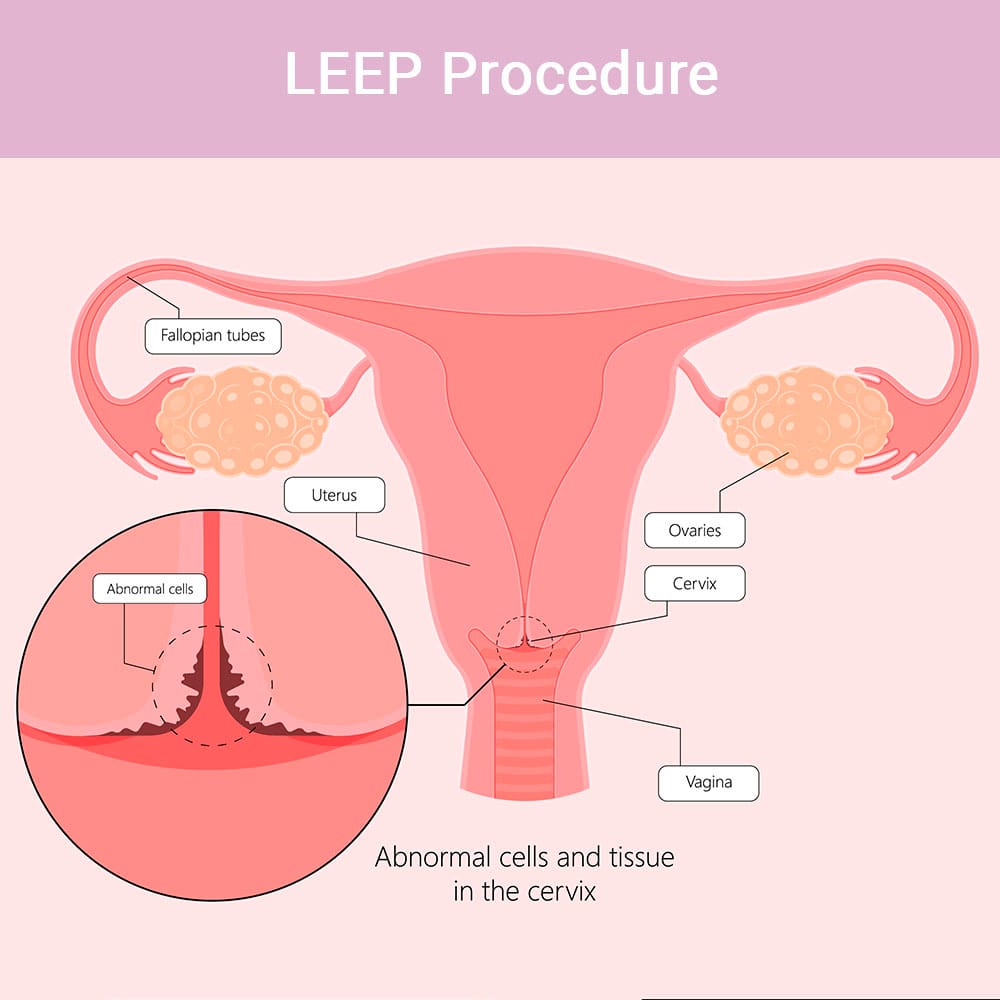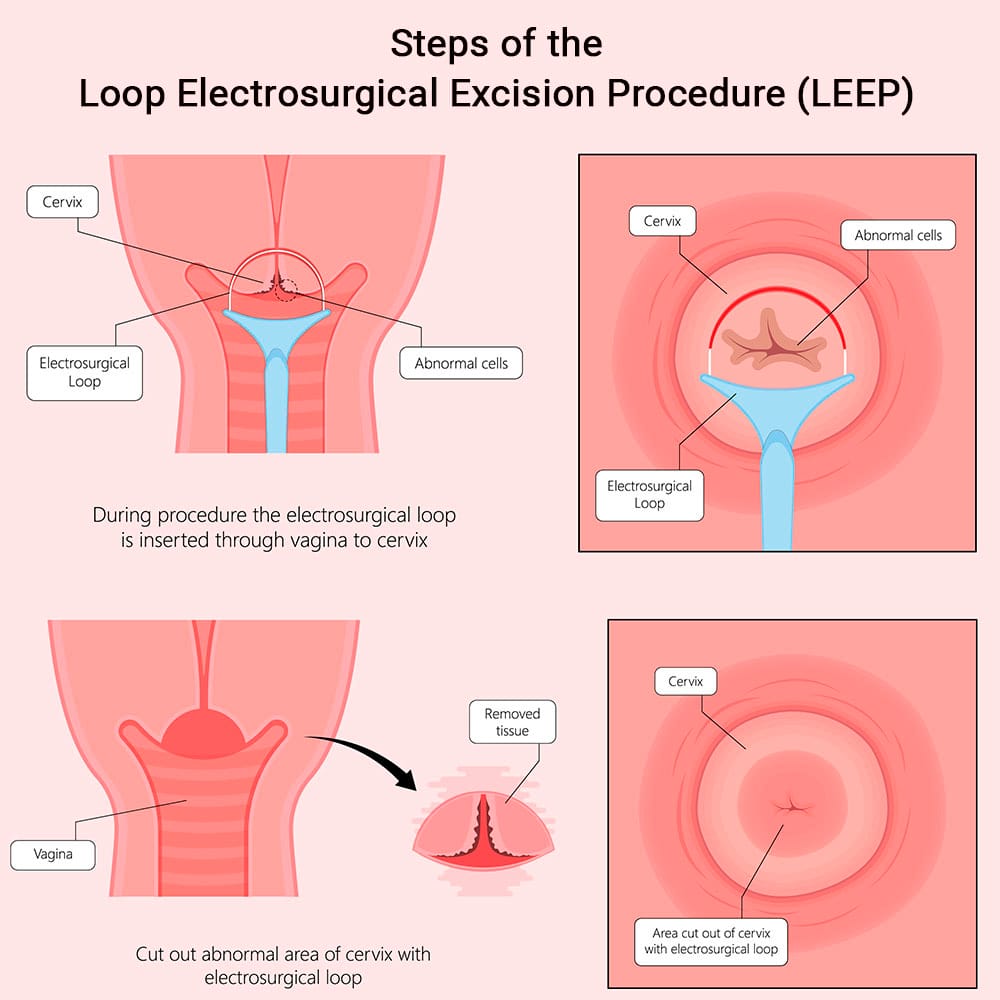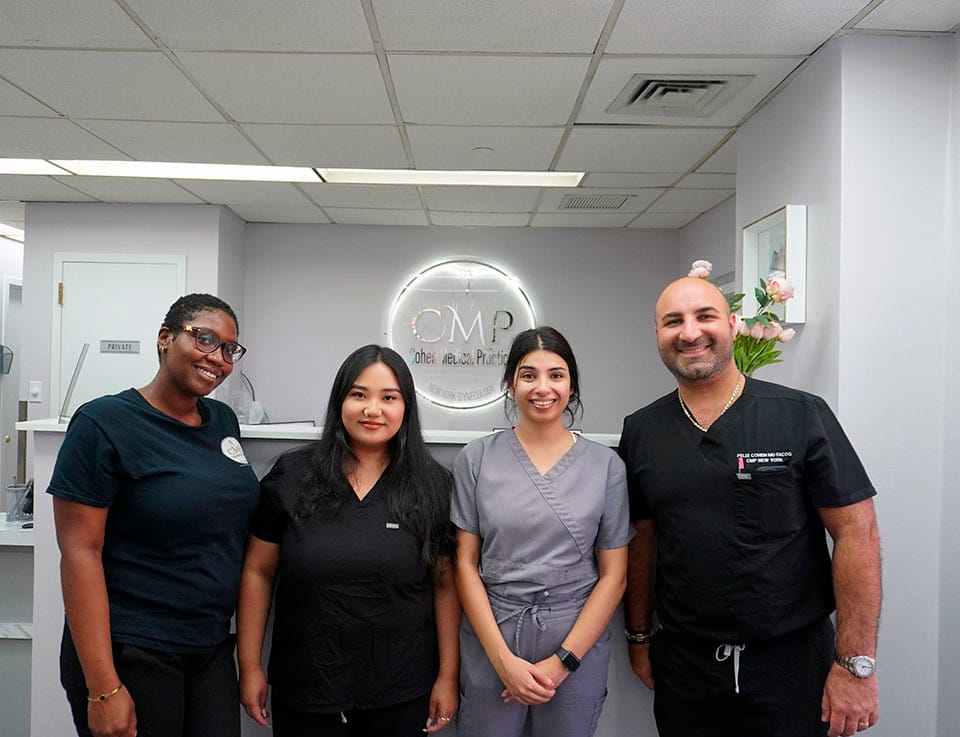What Is a LEEP and Why Should I Consider it?
 The loop electrosurgical excision procedure (LEEP) is a simple treatment done to remove abnormal cells from your cervix. Between LEEP vs. colposcopy, the LEEP cone biopsy serves as both a diagnostic tool and a treatment method. With this process, your doctor uses a thin wire loop that carries a small electrical current to carefully extract abnormal tissue from the cervix.
The loop electrosurgical excision procedure (LEEP) is a simple treatment done to remove abnormal cells from your cervix. Between LEEP vs. colposcopy, the LEEP cone biopsy serves as both a diagnostic tool and a treatment method. With this process, your doctor uses a thin wire loop that carries a small electrical current to carefully extract abnormal tissue from the cervix.
These cells, which may or may not be malignant, are often detected during routine screenings, pap smears or biopsies. The main goal of the loop electrosurgical excision procedure is to prevent cervical cancer.
Dr. Felix Cohen, a leading gynecologist in Midtown NYC, specializes in procedures like LEEP that are designed to protect your health. His highly skilled team at Cohen Medical Practice (CMP) uses advanced technology to treat cervical abnormalities and the full spectrum of gynecological conditions.
How Does the LEEP Procedure Work?
The LEEP procedure starts much like a regular pelvic exam.
LEEP procedure pain is manageable while you stay awake and typically only experience minor discomfort as your CMP doctor performs a series of steps that include:
- Placing your feet in stirrups at the end of the exam table
- Putting a grounding pad on your thigh to protect you from the electrical current used during the procedure
- Inserting a speculum to gently open your vagina for a clear view of your cervix
- Applying a diluted acetic acid or iodine solution to your cervix, which helps identify any abnormal cells
Then a colposcope is placed near the opening of your vagina to get a better view of your cervix, which is numbed with a local anesthetic to ensure your comfort.
Steps that complete the procedure include:
- Inserting a thin wire loop, which is heated with a small electrical current, into your cervix
- Cutting and removing abnormal tissue as the wire loop passes over it
- Sealing any small blood vessels in the area to stop bleeding after LEEP
- Applying a special solution or paste to help you with healing
The whole procedure usually takes less than 30 minutes before you leave with clear instructions on how to take care of yourself as you recover.

How Long Does It Take to Recover from a LEEP Procedure?
Recovery times vary based on your overall health and how closely you follow post-procedure care instructions. The recovery time from a LEEP procedure typically is about four to six weeks. Complications like infection or excessive bleeding may affect your recovery time, although they’re greatly mitigated due to Dr. Cohen’s extensive experience.
The LEEP recovery timeline includes:
- Short-term recovery. During the first one to two weeks avoid strenuous activities, heavy lifting, vigorous exercise and sex after LEEP. Avoid running, swimming and using tampons for a few weeks as well.
- Mid-term recovery. After about three to four weeks, you can usually start to return to your normal activities.
- Long-term recovery. Most people fully recover from LEEP within four to six weeks. Bleeding after LEEP and LEEP procedure pain will have decreased substantially by this time.
You must make sure to attend all follow-up visits with your NYC doctor. Even after your initial recovery, continue with regular gynecological exams and pap smears to ensure your cervix remains healthy and any additional issues are caught early.
What Are the Possible Side Effects of a LEEP Procedure?
There’s a small chance you could develop an infection after a LEEP, but this is rare. Dr. Cohen gives you specific post-procedure instructions, like avoiding tampons, douching or having sex after LEEP for a certain period of time precisely to prevent infections.
Usually, you want to avoid a LEEP procedure during pregnancy but, if necessary, your CMP gynecologist ensures that it’s performed with great care to minimize risks. LEEP is generally a safe treatment for removing abnormal cervical cells.
Minimal risks are greatly reduced when you rely on the experts at Cohen Medical Practice (CMP), but they may include:
- Light bleeding after LEEP
- Chance of developing cervical scarring
- Slightly increases your risk of preterm birth
You may experience some temporary discomfort or cramping after the procedure that’s managed with over-the-counter pain medication. Proper care supports your healing process and reduces the risk of complications.
What Results Can You Expect after a LEEP?
Most people find that the LEEP successfully removes abnormal cells after the procedure. If any abnormal cells return, your doctor may suggest another LEEP or other treatments to ensure the issue is fully addressed.
Expected LEEP results include:
- High success rate
- Lowered need for repeat procedures
- Reduced risk of cervical cancer
- Effective monitoring of HPV infection
Based in Midtown NYC, Cohen Medical Practice (CMP) offers specialized follow-up care after a LEEP procedure. Because of Dr. Cohen’s expertise and decades of experience, you can expect successful results and continued good health. Contact Cohen Medical Practice (CMP) to receive the highest level of care and support.

